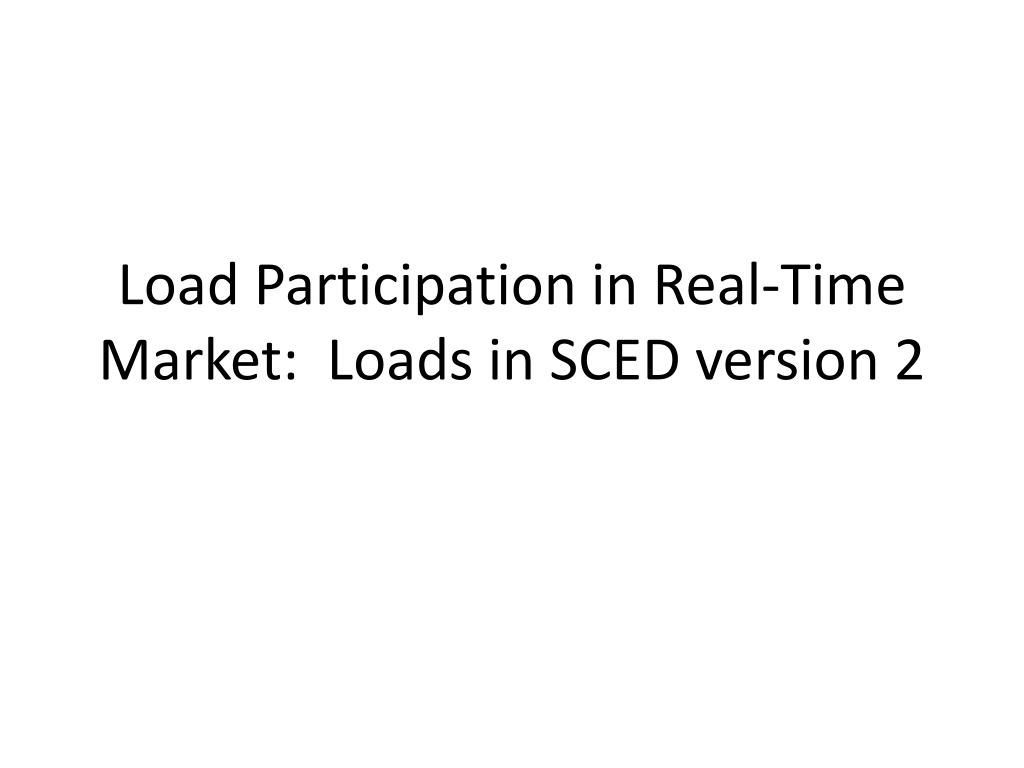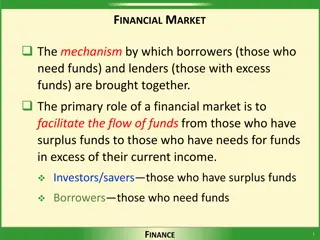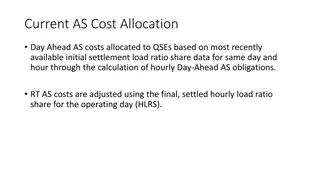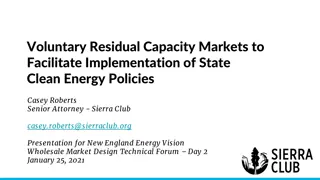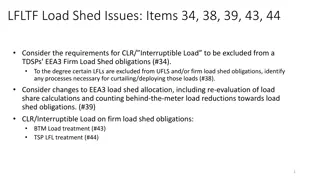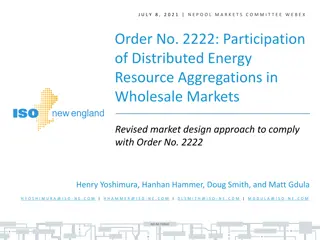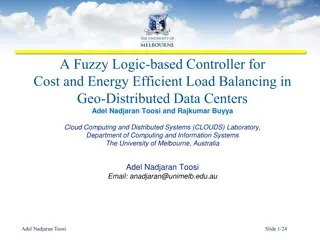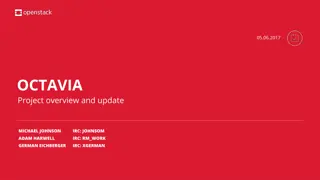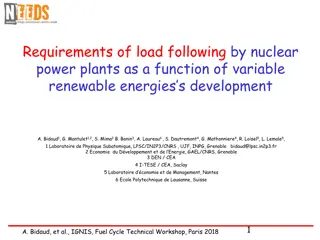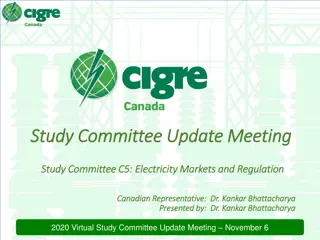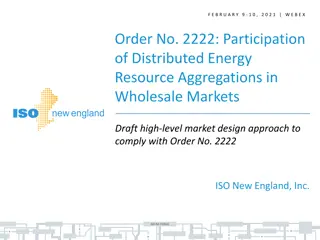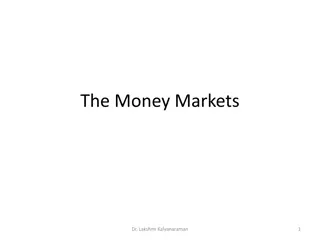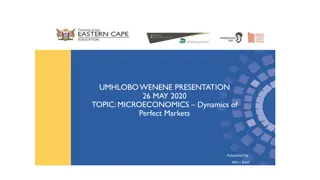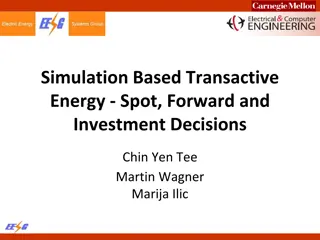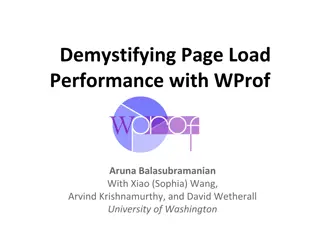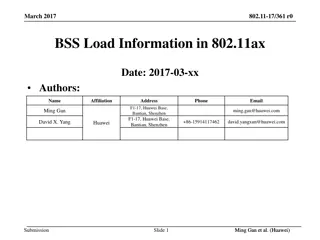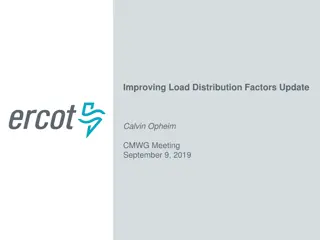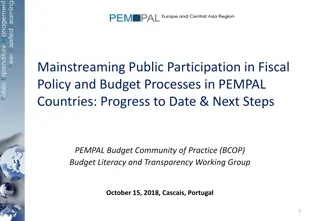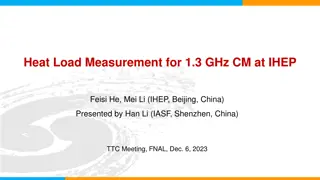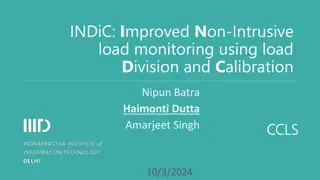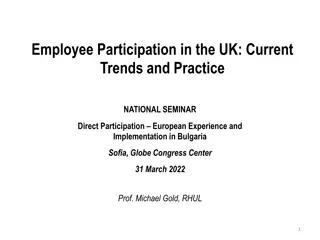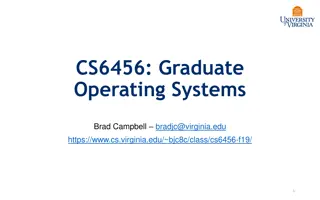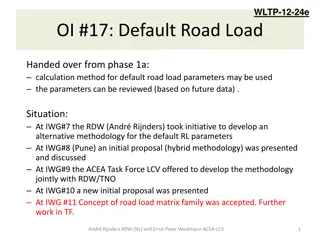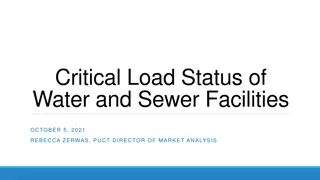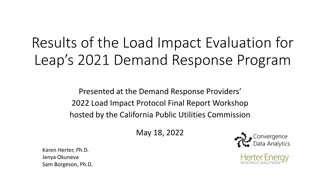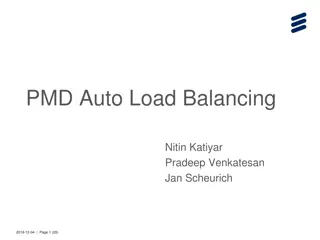Enhancing Load Participation in Real-Time Energy Markets
Efforts are being made to broaden opportunities for load participation in energy markets, allowing for demand response providers to play a more active role. Stakeholders are exploring settlement mechanisms like LMP-Proxy $G to facilitate customer load reduction with fair compensation. Consensus principles emphasize the need for preserving existing market structures while ensuring that loads do not receive double financial benefits for providing demand response.
Download Presentation

Please find below an Image/Link to download the presentation.
The content on the website is provided AS IS for your information and personal use only. It may not be sold, licensed, or shared on other websites without obtaining consent from the author. Download presentation by click this link. If you encounter any issues during the download, it is possible that the publisher has removed the file from their server.
E N D
Presentation Transcript
Load Participation in Real-Time Market: Loads in SCED version 2
Efforts to Allow More Load Participation in Energy Market State law calls for ERCOT to permit demand response to participate in markets Significant potential resource in residential and commercial air conditioning load REP and third-party demand response providers have sought broader opportunities Third-party DR providers could bring focus and expertise, could invest in DR equipment at customers premises
TAC Deliberations TAC voted to endorse LMP-G rather than Full LMP as settlement mechanism in 2011 TAC decision based on a conceptual discussion, rather than detailed examination of LMP-G Presentation to TAC emphasized avoiding double payment: LMP to DR provider plus customer s avoided cost of energy TAC endorsed volumetric LMP-VG, in which amount of energy curtailed would be added back to the customers consumption
Recent Stakeholder Efforts DSWG s Loads in SCED subgroup has worked on details of how LMP-G could be implemented Volumetric LMP-G is not workable for residential and small commercial, because ERCOT believes it cannot estimate load reductions for individual residential and small commercial sites with sufficient accuracy New approach, LMP-Proxy $G can work for all classes of customers This approach has broad support in DSWG
LMP-Proxy $G Settlement LMP-G would be implemented at the wholesale market level ERCOT would pay DR QSEs for customers load reduction at LMP-Proxy $G ERCOT would charge the customer s LSE at LMP- Proxy $G for the load reduction Proxy $G would be based on POLR rates No new market uplifts under this approach
LiSCED Consensus Principles Loads should be permitted to actively participate in Real Time Market Loads participating in Real Time Market would contribute to wholesale price formation Loads should not receive financial benefit more than once for providing demand response The existing ORDC and Loads in SCED bid to buy market structures should be preserved
LiSCED Consensus Customer Policies Customer has the right to select or change a DR QSE REP would be notified if customer agrees to have his load response managed by a DR QSE Rules should preclude DR-blocker strategies by REPs Rules should ensure an adequate transition period for REPs to manage existing customer relationships For the transition period, rules should define what will happen to a customer s rate plan when customer joins a DR QSE, if the current rate plan includes an incentive tied to DR capability Customer engagement rules will be needed, so that REPs and DR QSEs compete on equitable term
LiSCED Consensus Implementation Mechanisms New concept of demand response provider of record (DR-POR) System to notify ERCOT and current REP or DR provider of customer enrollment in DR program and other key events System needed to resolve competing claims to be customer s DR-POR
Areas of Particular PUC Interest Can REP charge customer for energy not consumed or for risks related to customer s participation in 3d party DR? What are REP s options when customer joins a DR QSE, if the current rate plan includes an incentive tied to DR capability Transition period for REPs to manage existing customer relationships Prohibition of DR-blocker strategies by REPs Customer engagement rules: REPs and DR QSEs to compete on equitable term System to resolve competing claims to be customer s DR-POR
Questions for TAC Should the PUC be brought into the deliberations on Loads in SCED? If so, when and how? DSWG has taken a different approach to LMP-G than the one discussed at prior TAC meeting. Is there a problem with this change?
